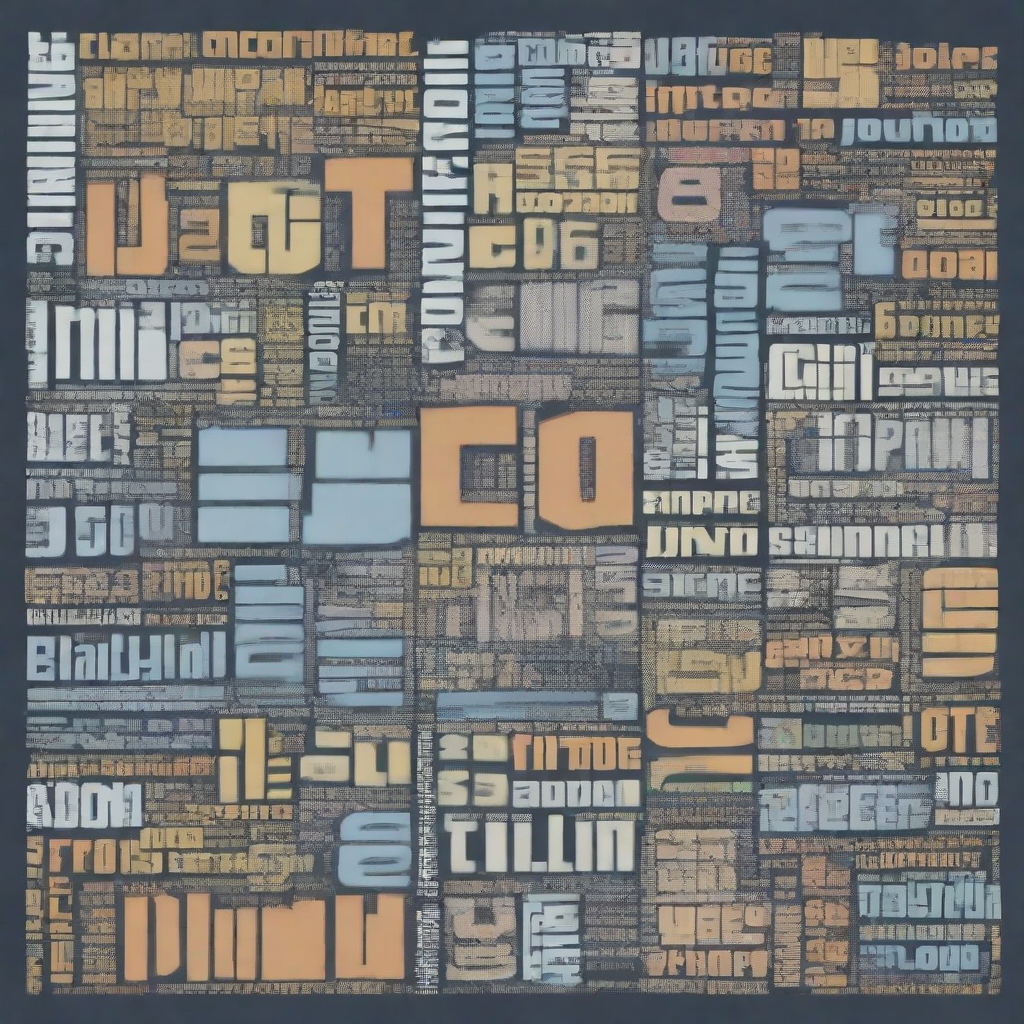
Crafting the Right Toolbox:
Deep learning expertise for general image analysis. This expertise can be leveraged in analyzing oral cancer images, including lesion detection and risk assessment.
Why a Comprehensive Python Toolchain is Crucial for Your AI/ML Project
Imagine embarking on a wilderness expedition – would you leave without packing the right tools? Building an AI/ML project in Python is no different. Opting for an ad-hoc approach to your toolchain, picking libraries on the fly, is a recipe for inefficiency and frustration. This is where identifying a comprehensive Python toolchain becomes an essential first step, laying the foundation for a successful, sustainable journey.
Firstly, a well-defined toolchain acts like your pre-built toolkit, ready to tackle diverse challenges. With libraries curated for coding, testing, deployment, and beyond, you avoid the time-consuming scramble for the right tool when inspiration strikes. Think of it as a well-stocked workshop, empowering you to focus on crafting solutions, not searching for the right wrench.
Secondly, a cohesive toolchain fosters coherence and consistency. Imagine switching between incompatible frameworks or battling clunky integrations between libraries. A thoughtfully chosen toolchain minimizes technical friction, promoting smoother development and reducing the risk of unexpected pitfalls. It's like having a well-oiled machine humming away in the background, allowing you to concentrate on the creative spark without getting bogged down in technical hiccups.
So, don't underestimate the power of a well-chosen Python toolchain. It's the roadmap for your AI/ML adventure, equipping you with the right tools for every terrain, streamlining your workflow, and paving the way for success. Choose wisely, build deliberately, and watch your AI/ML project flourish - armed with the perfect tools for the job.

Python has become the undisputed king of AI and ML development, offering a powerful and versatile ecosystem for crafting intelligent solutions. But with great power comes great responsibility – choosing the right tools is paramount to ensuring the quality, reliability, and performance of your AI/ML applications. Embark on this journey with us as we explore the essential tools in the Python toolchain, guiding you through the coding, testing, and deployment phases to create applications that truly shine.
Coding Phase: Where Ideas Take Shape:
- Text Editors and IDEs:
- PyCharm: A comprehensive IDE with intelligent code completion, debugging, and refactoring capabilities.
- Visual Studio Code: A lightweight and extensible code editor with excellent Python support and a vibrant extension marketplace.
- Sublime Text: A popular choice for its speed, customizability, and vibrant community plugins.
- Atom: A hackable text editor built for collaboration and offering a wide array of packages for Python development.
- Version Control:
- Git: The industry-standard for tracking code changes, enabling collaboration and efficient project management.
- GitHub: A popular online platform for hosting Git repositories, offering features for code review, issue tracking, and project collaboration.
- Packaging and Distribution:
- pip: The package installer for Python, allowing easy installation and management of external libraries.
- setuptools: A set of Python modules for creating and distributing Python packages.
Testing Phase: Ensuring Quality and Reliability:
- Unit Testing:
- unittest: Python's built-in unit testing framework for writing and executing test cases.
- pytest: A popular third-party framework known for its simplicity, readability, and rich plugin ecosystem.
- Code Coverage:
- coverage.py: Measures the percentage of code covered by tests, helping identify areas for improvement.
- Linting:
- Pylint: Enforces coding style and catches potential errors, promoting code readability and maintainability.
- flake8: Another popular linter with configurable rules for enforcing style and detecting errors.
Deployment and Production Phase: Bringing Applications to Life:
- Web Frameworks:
- Django: A high-level framework for rapid development of secure and scalable web applications.
- Flask: A lightweight and flexible framework for building smaller web applications or APIs.
- Cloud Platforms:
- AWS, Azure, GCP: Major cloud providers offering robust infrastructure and services for deploying and managing AI/ML applications at scale.
- Containerization:
- Docker: Package and deploy applications in lightweight, self-contained containers for portability and consistency across environments.
- Monitoring and Logging:
- Sentry: Track and report errors and exceptions in production environments, enabling quick troubleshooting and resolution.
- ELK Stack (Elasticsearch, Logstash, Kibana): A powerful log management platform for collecting, analyzing, and visualizing log data.
- Performance measurement
- Timeit: Python's built-in module allows you to measure the execution time of small code snippets with high precision.
- cProfile: Another Python module, cProfile generates a report showcasing the time spent in each function within your test module.
- pytest-benchmark: A pytest plugin specifically designed for benchmarking Python code, comparing different implementations and tracking performance changes over time..
- hyperfine: A powerful command-line tool for running microbenchmarks in various languages, including Python.